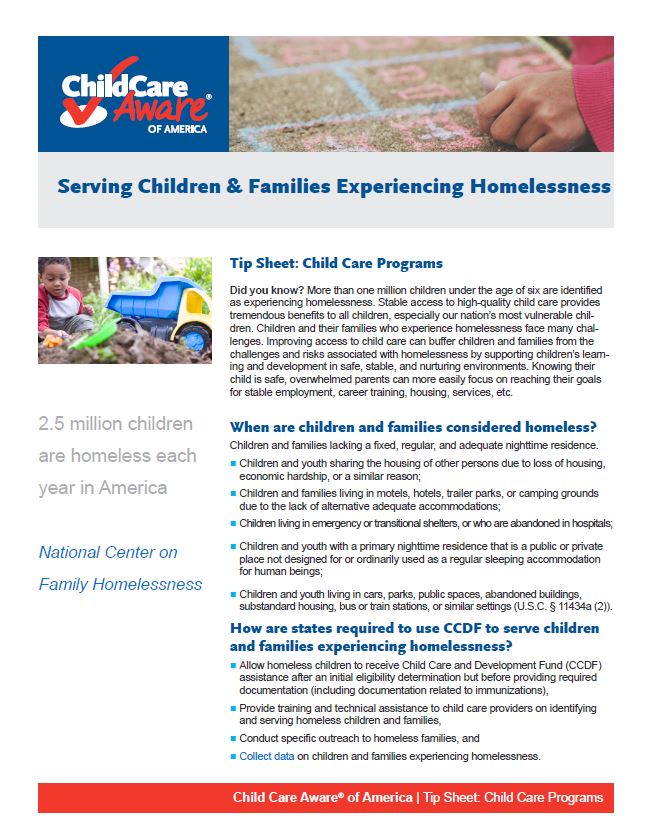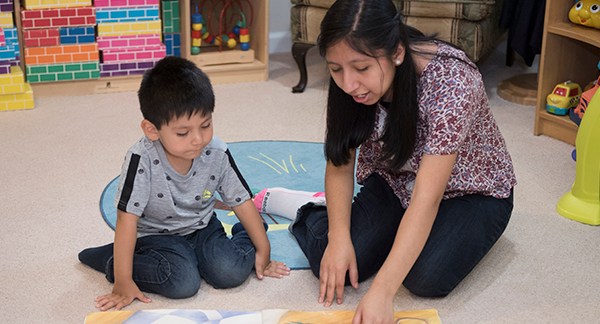 All children should have the opportunity to grow up healthy. In the United States, many adults and children spend a lot more time than we should sitting and watching screens. And even though we know better, children and adults don’t always eat as many vegetables and fruits or lean meats as we should. There are a lot of reasons why—fresh fruits and vegetables can be expensive, and often times we are so busy that we don’t have time to cook foods from scratch. We also spend a lot of time in our cars, rather than walking places. Maybe it’s because there are no sidewalks where we live, or neighborhoods are not safe or the closest store is miles away. Unfortunately, the consequences of these behaviors can be long-term illnesses and obesity.
All children should have the opportunity to grow up healthy. In the United States, many adults and children spend a lot more time than we should sitting and watching screens. And even though we know better, children and adults don’t always eat as many vegetables and fruits or lean meats as we should. There are a lot of reasons why—fresh fruits and vegetables can be expensive, and often times we are so busy that we don’t have time to cook foods from scratch. We also spend a lot of time in our cars, rather than walking places. Maybe it’s because there are no sidewalks where we live, or neighborhoods are not safe or the closest store is miles away. Unfortunately, the consequences of these behaviors can be long-term illnesses and obesity.
In the United States, 17 percent of children ages 2-19 are obese and, according to the National Health and Nutrition Examination Survey (NHANES) data, 8.9 percent of children ages 2-4 are obese. Children who are overweight or obese are more likely to be obese as adults. Also, being overweight or obese as children can lead to early onset of chronic diseases like diabetes, hypertension, heart disease, stroke, cancer, asthma and osteoarthritis. [1],[2]
While the causes of obesity are complex, there are some easy ways to help children live more healthy and active lives and that can help prevent them from long-term chronic diseases related to being overweight or obese. Child care centers can use the 5-2-1-0 method to help make sure kids get healthy meals and drinks and to encourage outdoor time during the daily schedule. It’s also an easy way to talk about healthy active living with parents of children in the program so that parents and teachers are on the same page about this critical issue.
The 5-2-1-0 method helps increase healthy foods and exercise and decrease the amount of calories children consume through sugary drinks.[3]
The components of the 5-2-1-0 method include:
- 5 or More Fruits and Vegetables:
- Fruits and Vegetables have important vitamins, minerals, and they contain fiber (that their juices don’t).
- 2 Hours or Less of Screen Time:
- A lot of time spent in front of a screen is spent sitting, not moving.
- 1 Hour or More of Active Play:
- Children need at least one hour of active play per day—it helps reduce risk for the chronic illnesses mentioned above and helps their overall physical development. Some studies show that physical activity can lead to better focus in children.[4]
- 0 Sugary Drinks:
- Most drinks consumed today have lots of sugar or other sweeteners and calories. The best choices are water and fat-free or low-fat (1 percent) milk.
The Child and Adult Care Food Program (CACFP) reimburses providers that serve healthy meals that meet their food guidelines. The program also provides support and training to providers on how to prepare healthy meals and in working with children and families on how to make delicious healthy food.
If children are not used to eating fruits and vegetables, it can feel like a losing battle getting them to try new things—but don’t give up! Start slowly with ones that they are likely to enjoy: common fruits and vegetables like apples and green beans. Also, consider activities like “Grow It, Try It, Like It” that help children connect to food, making them more likely to eat it.
It can also be hard to know what to do with children to encourage physical activity during the day. I Am Moving, I Am Learning was developed for Head Start, but it works for children in all child care settings. The National Center for Early Childhood Health and Wellness is a national technical assistance center that supports Head Start and Child Care Programs; they have an interactive I Am Moving, I Am Learning tool on their website. The website shares information on how to integrate movement, nutrition and healthy habits into your settings.
Also, both providers and parents struggle with affording healthy foods (for themselves and for children!) and in finding the time and energy to lead children in active play. Teamwork is important. Talking to parents about the meals, the amount of active play or the amount of screen time a child has had during the day helps everyone work together.
Early Learning Indiana has some great blog posts about helping children learn healthy habits. Check them out:
- Free and simple ways to get infants and toddlers to move
- Pass the Peas: Family style dining for little learners
- Guides to encourage healthy eating in childhood
Let’s acknowledge Obesity Prevention month by thinking together on how we can make child care settings as healthy as they can be! What do you do to help children lead healthy, active lives? What questions do you have for us about how to do so?
[1] Freedman DS, et al. The relation of childhood BMI to adult adiposity: The Bogalusa Heart Study. Pediatrics, 115(1): 22-27, 2005.
[2] The Writing Group for the SEARCH for Diabetes in Youth Study, et al. Incidence of diabetes in youth in the United States. JAMA, 297(24): 2716-2724, 2007.
[3] 5-2-1-0 is an evidence-based prevention message centered on recommendations from the Childhood Obesity: Assessment, Prevention and Treatment Expert Committee, sponsored by the Centers for Disease Control and Prevention (CDC), the Health Resources and Services Administration (HSRA/HHS), and the American Medical Association (AMA).
[4] Stylianou M, et al. Before-school running/walking club: Effects on student on-task behavior. Preventive Medicine Reports, 3: 196-202, 2016.





